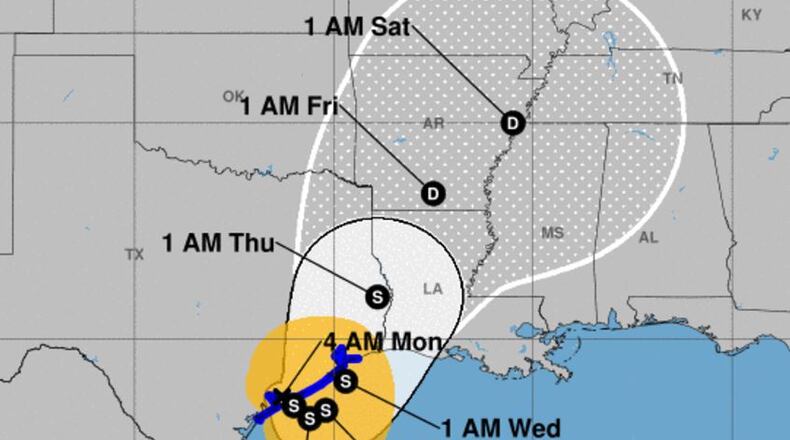"If you are looking to help, start there," Long said, flanked by other top federal officials.
"We have to make sure that donations and volunteers are managed correctly to be effective down to the state and local level," Long added, as he repeatedly emphasized that Texas officials are in charge of the immediate emergency response, not the feds.
At the news conference, Long refused to be drawn into some of the finger pointing that has already started over whether more people should have evacuated from the city of Houston and surrounding areas, as flood waters were still on the rise Monday, with more rain in the forecast in coming days.
"The city of Houston is huge - it's two to three million people - pulling the trigger on that (evacuation) is an incredibly difficult situation," the FEMA chief added.
"It's not a time to start pointing blame - right now, what I need the media to do is organize the efforts, to help us organize citizen efforts, to ultimately help Texas. These people are in need," Long said.
The weather forecast did not bring much in the way of optimism in the short term either, as Harvey was forecast to actually move back out over the Gulf of Mexico, and then make a second landfall along the Texas coast - the forecast map still showed the center of the storm over Texas on Thursday - with many more inches of rain in the forecast.
As for the number of displaced people in Houston, the FEMA chief said the early estimate was that facilities would be available to house up to 30,000 residents, and get aid to 450,000 people.
But Long acknowledged those numbers could climb quickly.
President Donald Trump also set in motion the next wave of federal disaster aid, approving a request for help from the state of Louisiana, which has also been receiving heavy rains associated with Tropical Storm Harvey.
About the Author
